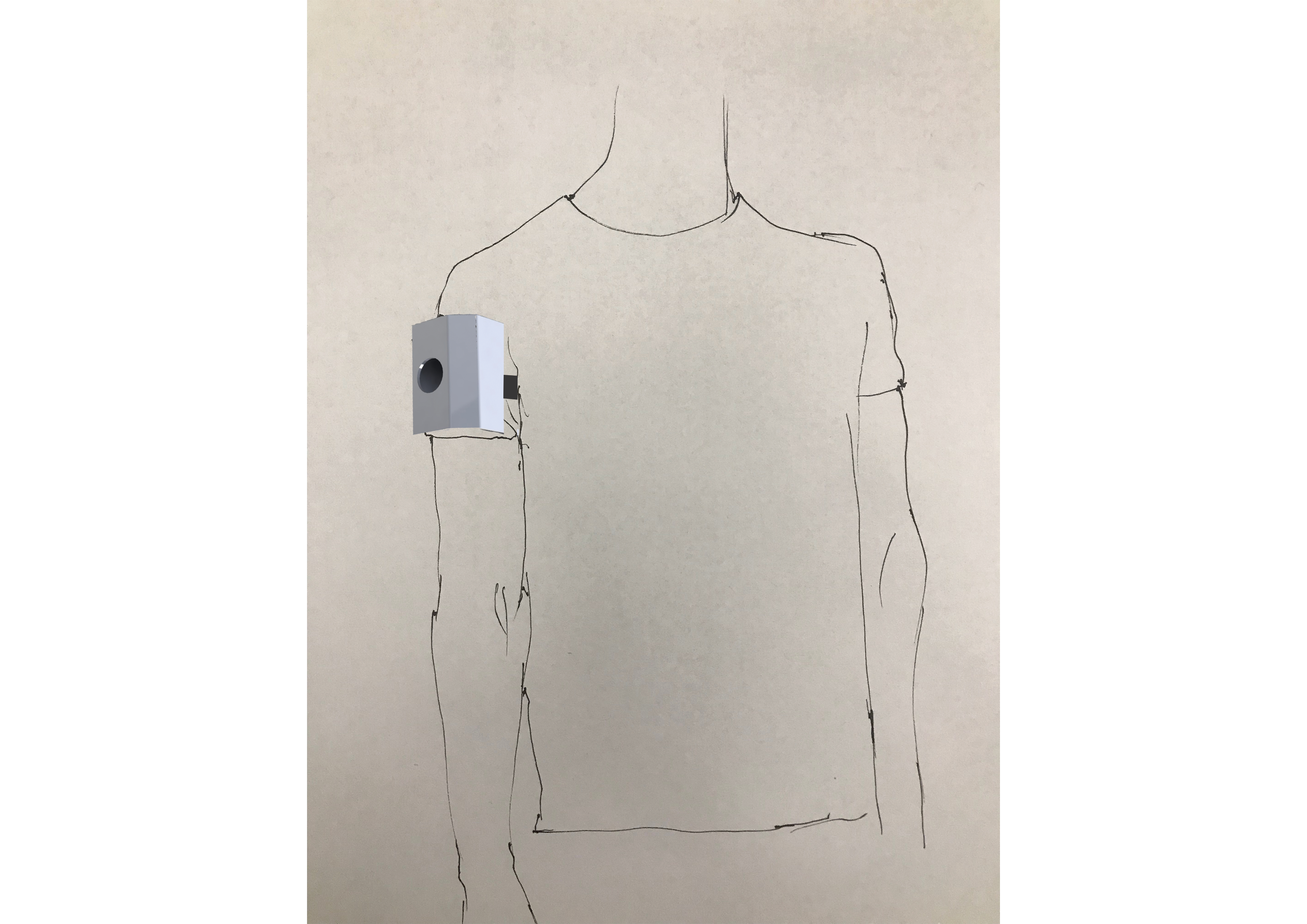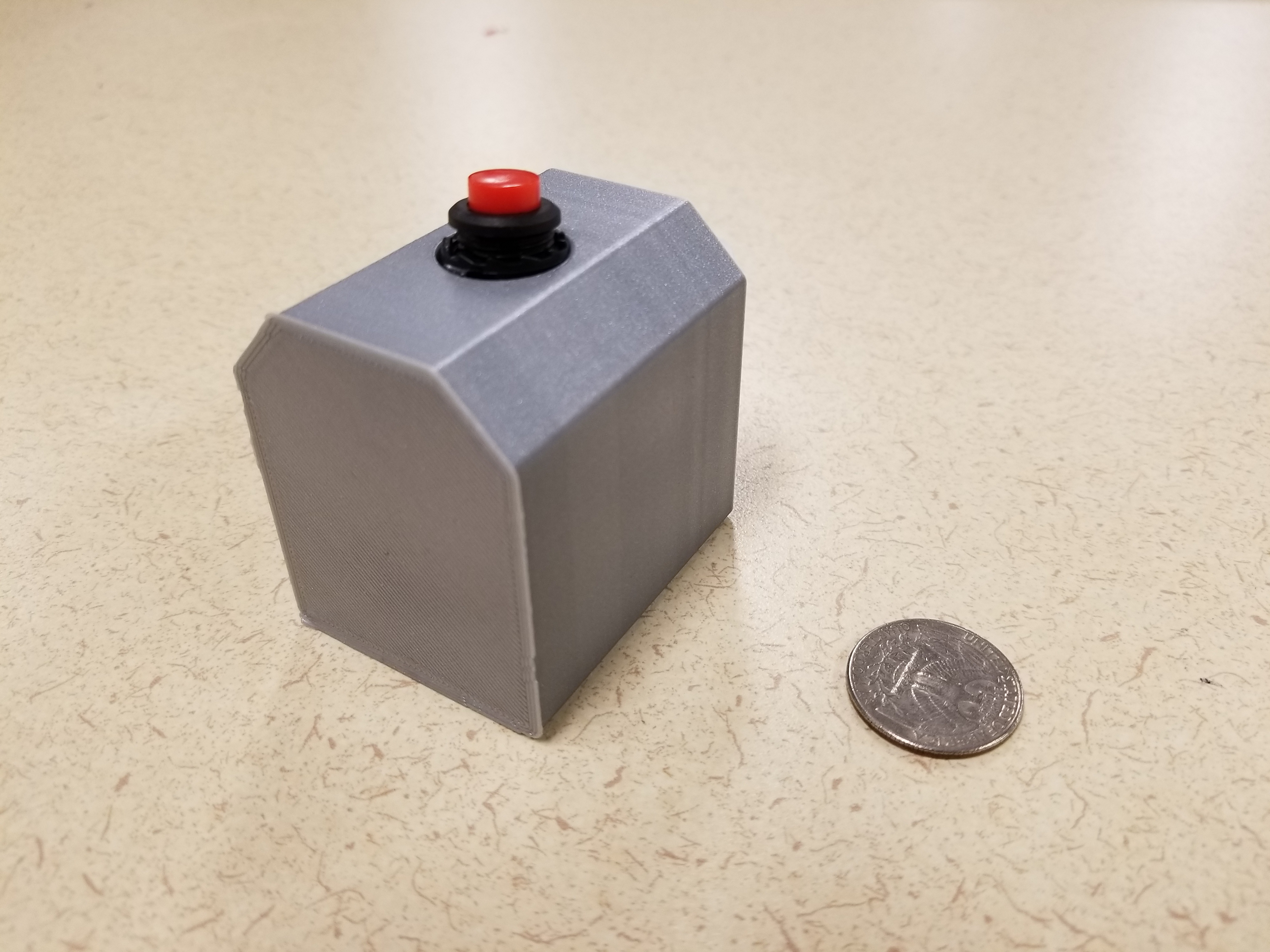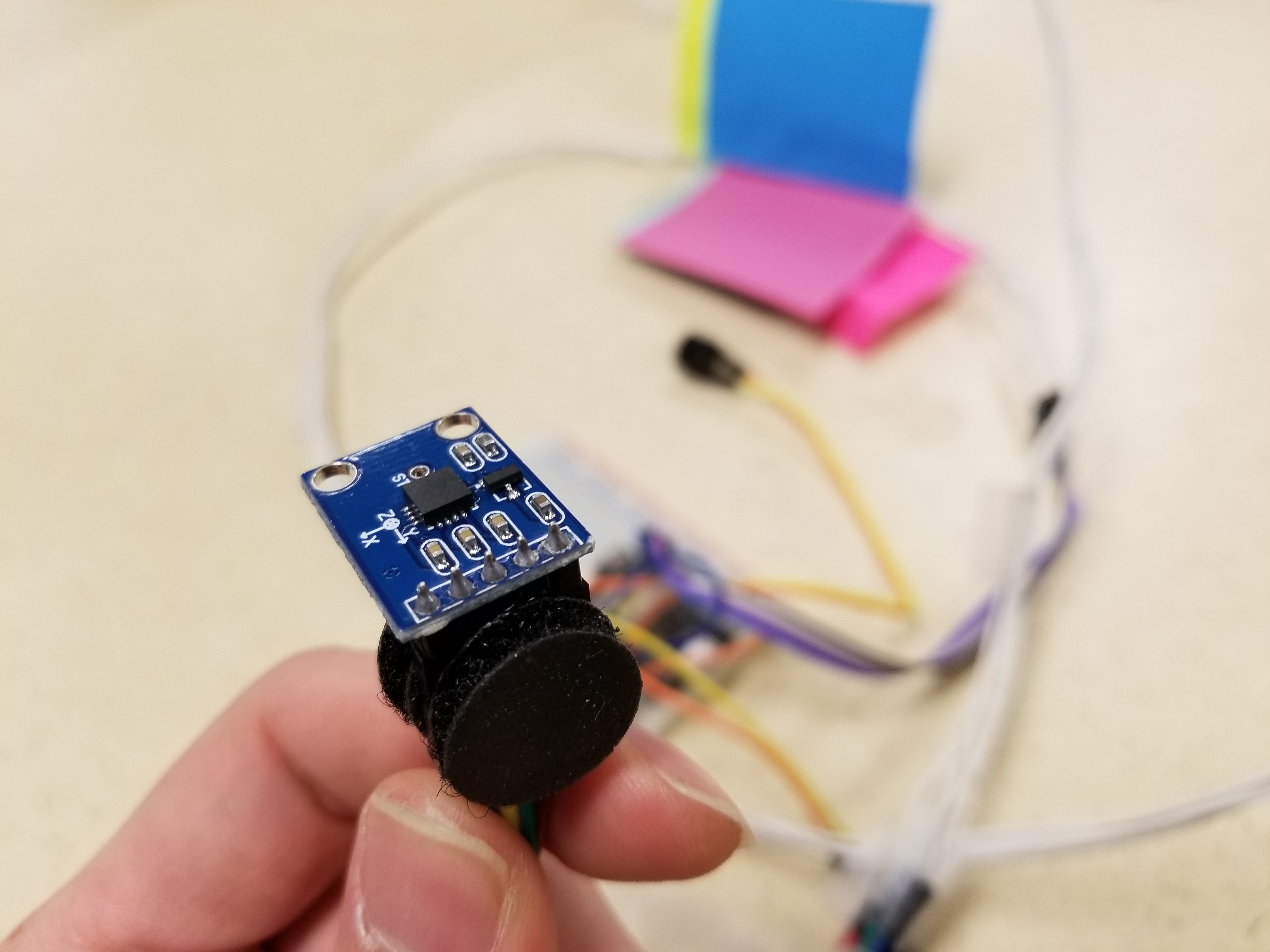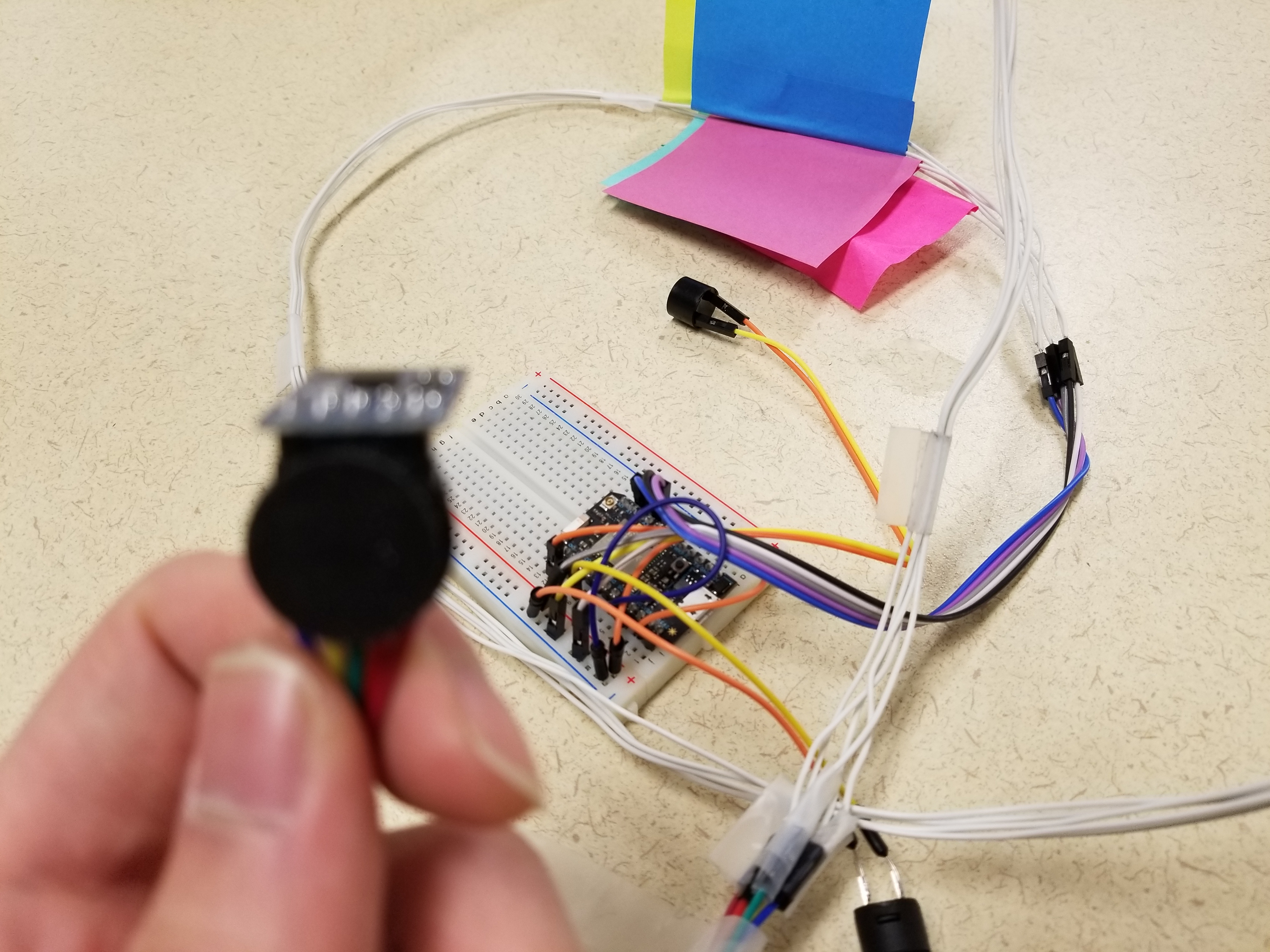Intention
Falls are the leading cause of fatal and non-fatal injuries among elderly people. Adopting prevention techniques could reduce the frequency of falls, however, it is important to address the aftermath of a fall to ensure appropriate response and care.
The fall detector will act as an emergency service in case the elderly person suffers a fall. It will send a notification to their loved ones enabling them to respond to the situation.
The fall detector will also have an added feature of health tracking and monitoring that will enable the loved ones or the doctors to keep a follow up.



